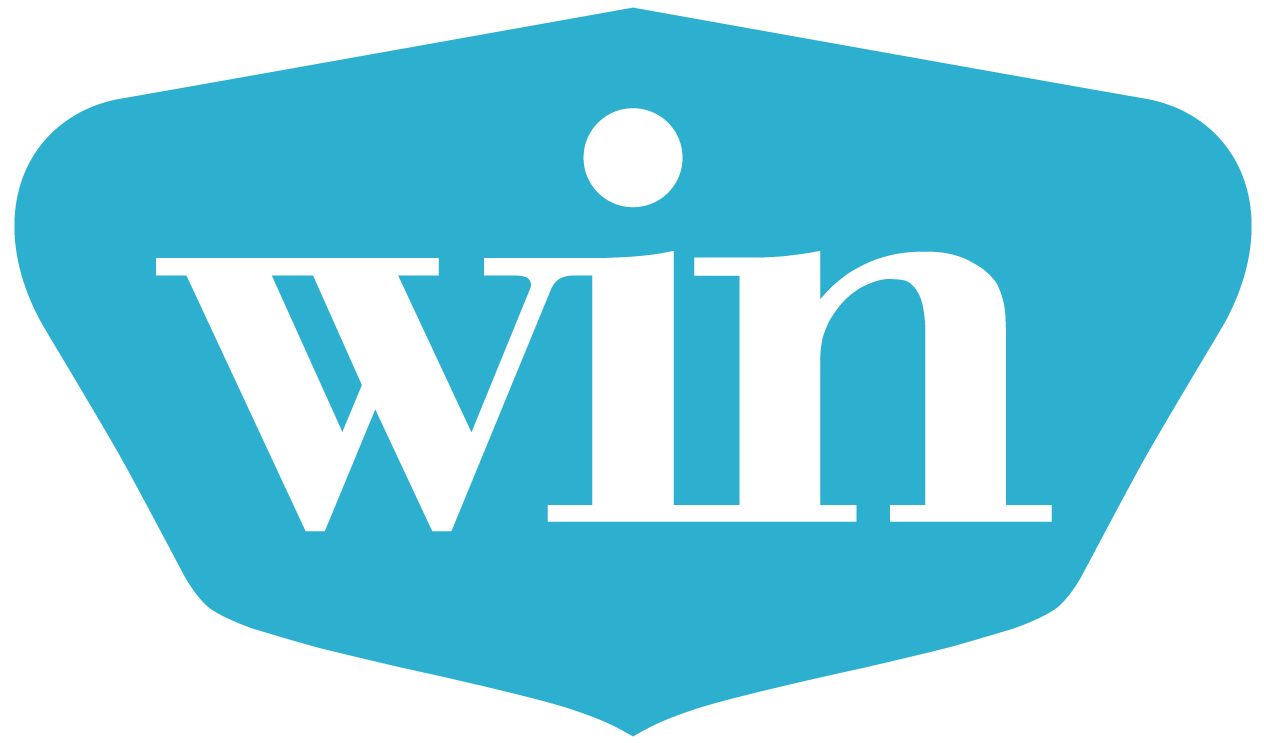Although there are many initiatives driving the need for healthcare systems and providers to transform digitally, these five trends are leading the pack.
1. Rapid, Innovative Advancements in Health Tech
Today’s healthcare providers leverage streaming video and online collaboration tools to work in partnership with different medical teams outside their ecosystem. This real-time clinical collaboration comes in many forms. It can be as simple as doctors and nurses sending secure text messages to communicate next steps for patient care or as complex as launching tele-ICUs – where remote clinicians consult with bedside staff to deliver optimal patient care.
2. Healthcare Data Security Challenges
For years, healthcare systems, hospitals, and providers’ offices have been a breeding ground for cyber thieves looking to hack in and exploit sensitive data. The rise of connected medical devices combined with more healthcare providers needing access to Electronic Health Records (EHRs) to deliver care has made the endeavor that much more enticing. In just over a year, the average cost of a data breach in the healthcare industry climbed from $7.13 million to $9.23, according to a recent Ponemon Institute report — and that number keeps rising.
3. Fast-Emerging Consumer Trends in Healthcare
Today’s consumers crave constant and convenient connectivity to their banks, favorite stores, and friends and family through digital applications. Now more than ever patients expect healthcare teams to meet those same needs. Healthcare providers must leverage digital medical applications to attract patients to their facilities and empower them to stay healthy after they leave
4. Mergers & Acquisitions
Many health systems are growing through acquisition, particularly in the ambulatory space. With continued consolidation, health IT leaders are working to avoid patchwork infrastructure and onboard new facilities efficiently. Additional facilities come with a bevy of new devices, services, equipment and complexity. By streamlining network architecture and deploying a repeatable, modular set-up, health systems can greatly reduce the implementation time/burden and get new offices up and running.
5. Threat of New Healthcare Provider Entrants
Today’s healthcare consumers don’t go to a traditional doctor’s office when they’re sick. Instead of scheduling an appointment, they head to the minute clinic in their local grocery store because they can be seen immediately. And they pick up their prescriptions at the big-name retailer down the street when they stopped in to grab a gourmet cup of coffee. Unconventional new market entrants are popping up everywhere, adding a completely new layer of competition. Healthcare systems willing to embrace retail healthcare are discovering bold new ways to provide better patient care.
Ready to learn more?
If you have questions or want to learn more about how the latest healthcare IT trends could affect your organization, get in touch with us here.
